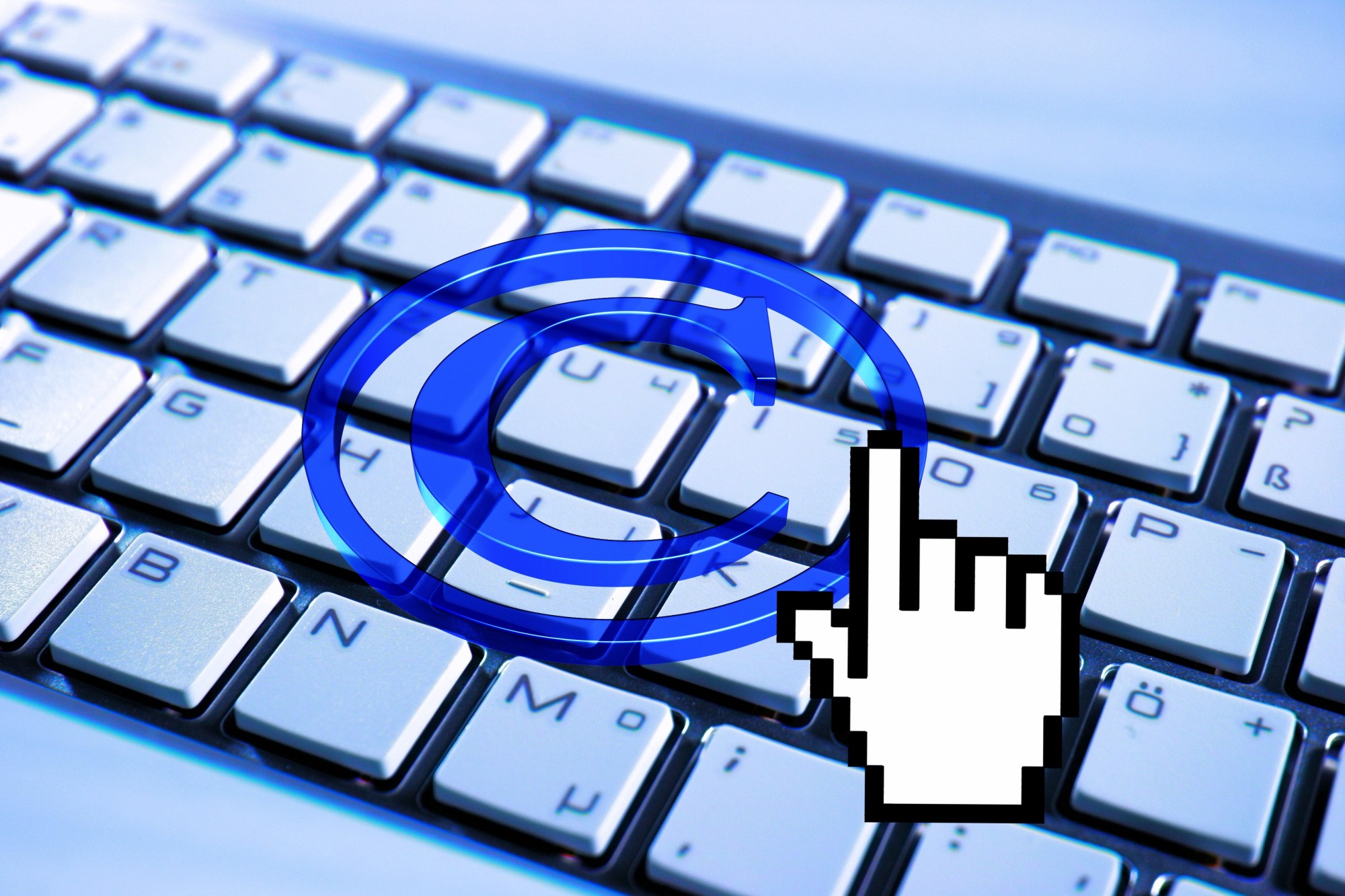
How Do You Copyright Something?
The United States Copyright Office fields more than 450,000 claims for registration annually, according to a 2017 report.
Maybe this year you want to be one of those registrants.
However, you don’t yet know the answer to the question, “How do you copyright something?” You probably know that there are some legal hoops you have to jump through to get your idea copyrighted.
So, let’s go over the basics of copyright law and how you can get that © on your latest project.
What is a Copyright and Why Do You Need One?
The purpose of a copyright is hidden within the name. A copyright gives you — and any other authorized parties — permission to copy something.
Putting a copyright onto something you’ve created prevents others from stealing your intellectual property. So, only you can reproduce your creation and reap the financial benefits of doing so.
In order to get a copyright for your work, it has to be something in tangible form. So, you can’t copyright the idea you have for a song or movie. But you can copyright the work once it is complete and printed or produced.
The types of projects you can protect with a copyright include:
- Artwork
- Graphic design
- Novels, plays and poetry
- Films
- Architectural creations and designs
- Computer software
So long as you came up with your project yourself and didn’t copy or duplicate the work of another, you have a shot at copyrighting it.
Let’s say you’ve written a book on The Beatles. There are plenty of other books out there on the famous band, but yours covers new ground, so you want to publish it and reap the benefits of your research and hard work.
However, another author might be on the same trail as you. They haven’t copied you, but they’ve uncovered the same information. If they publish their work first, they have usurped your right to the copyright.
And that’s exactly why you need a copyright. Once you have it — and if you can prove the other author had read your research before asserting it as their own — you have no claim to the unauthorized earnings they make from their publication.
The only time a copyright would be pointless in such a scenario is if you both printed your Beatles books at the same time. Simultaneous co-creation proves that you didn’t have access to the other’s information and are therefore both allowed to copyright the information.
However, that’d be a rare scenario, and most copyrights help safeguard your intellectual property. Plus, a granted copyright stays with you for the rest of your life — and beyond. Specifically, it lasts until 70 years after your death.
How Do You Copyright Something?
When you create something that required a lot of brainpower and creativity to develop, it is your intellectual property. So, copyrighting is a form of protecting your intellectual property rights.
It’s fairly simple to get a copyright, too. Technically speaking, you have copyright as soon as you complete your project. But if you want to make it official, you only have to log onto the U.S. Copyright Office’s website and get the ball rolling.
You’ll be surprised to find out that a copyright isn’t expensive to get, either. As of the fall of 2020, it was a mere $45 to copyright a single-author work that wasn’t done for hire. All other copyrights cost $20 more than that.
Of course, there’s plenty of help out there when it comes to protecting your work, whether you need a copyright, trademark or any other safeguards. A trademark lawyer can help you file claims over your work, for example.
What’s Constructive Notice?
Once you have a copyright, you can take legal action if necessary to protect your creative work.
You can assert your legal right to your creation from the issuing date of your copyright onward. This provides even more protection than, say, proving that The Beatles book author may have read your research before writing their own project.
With a copyright and constructive notice, it won’t matter if they read your book or not. As soon as you register your project — and prove that you did so before they wrote and published theirs — you have a solid copyright claim to make.
You can see why this is a valuable resource to have in your back pocket. It means you’ll make money off your ideas, but it also means you don’t have to go through the stress and upset of seeing someone else take credit for what’s yours.
Do I Need a Trademark or Patent, Too?
A copyright differs from trademarks and patents. These are more protective, legally speaking.
Trademarks help differentiate between one corporation’s work and another’s. Things like slogans, logos, widely known symbols and phrasing can be trademarked. Obviously, such creatiions are valuable to companies, especially when they become closely associated with a brand.
Meanwhile, patents protect inventions and creations. Machines, chemical positions, business processes and more fall under patent category.
Works that you can copy do not require these sorts of protections, in most cases. However, you can always consult with a legal team to ensure your creation is protected, no matter what.
Get the Protection You Need
Now you know the simple answer to your question, “How do you copyright something?” You can do it simply online and rest assured knowing that your creation is yours for the foreseeable future.
Once that’s done, be sure to check back in with us for all the news and advice you need.
